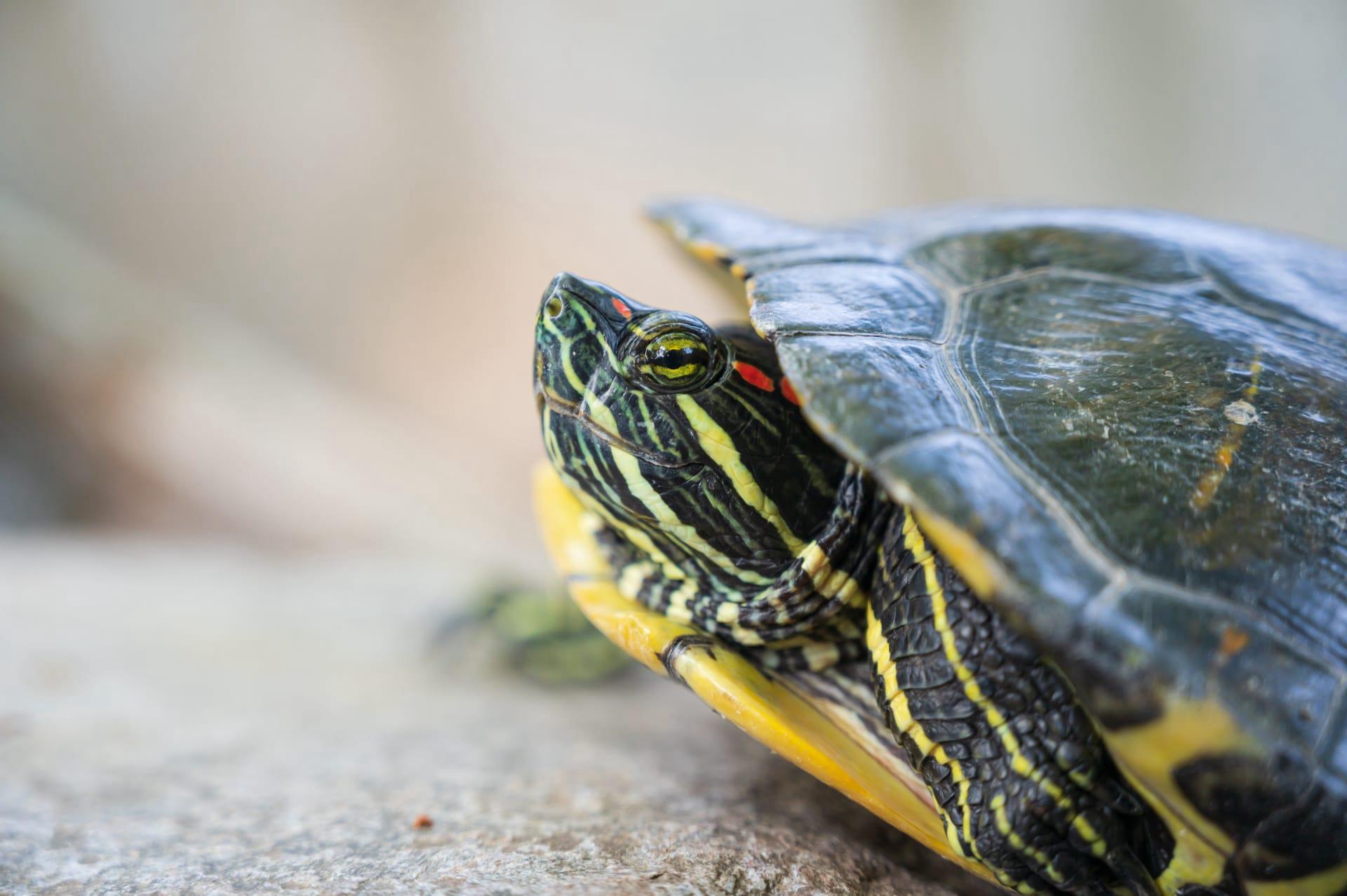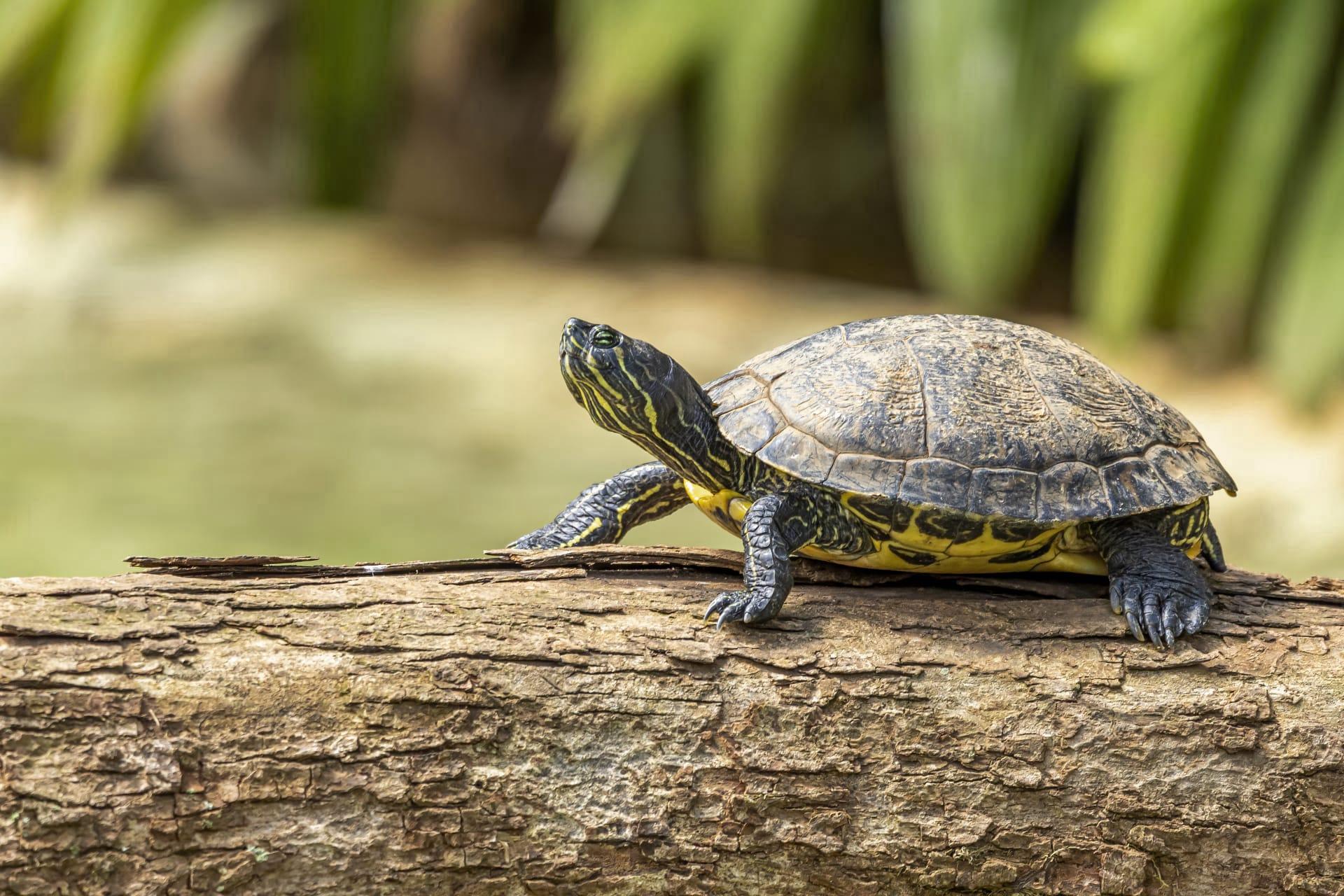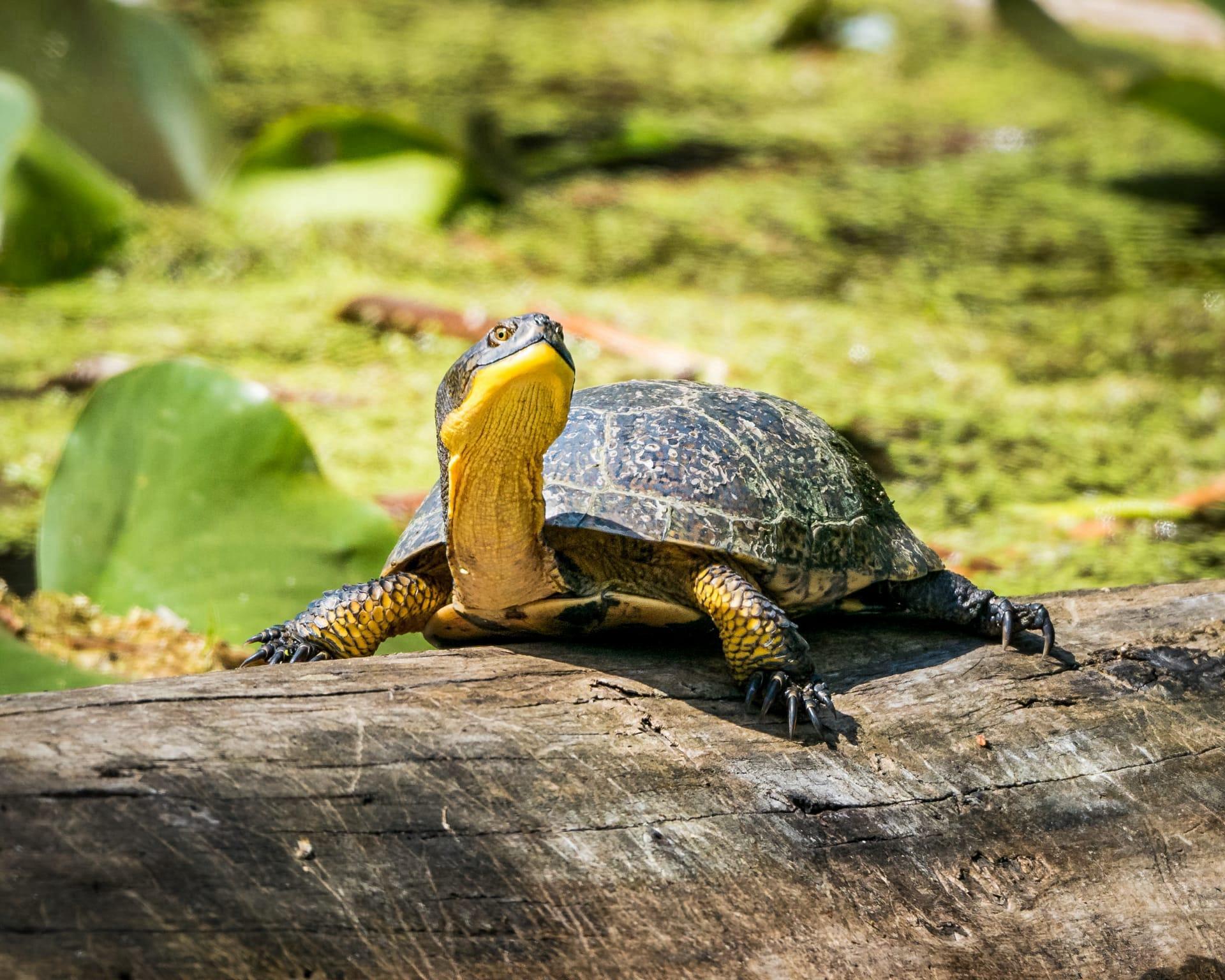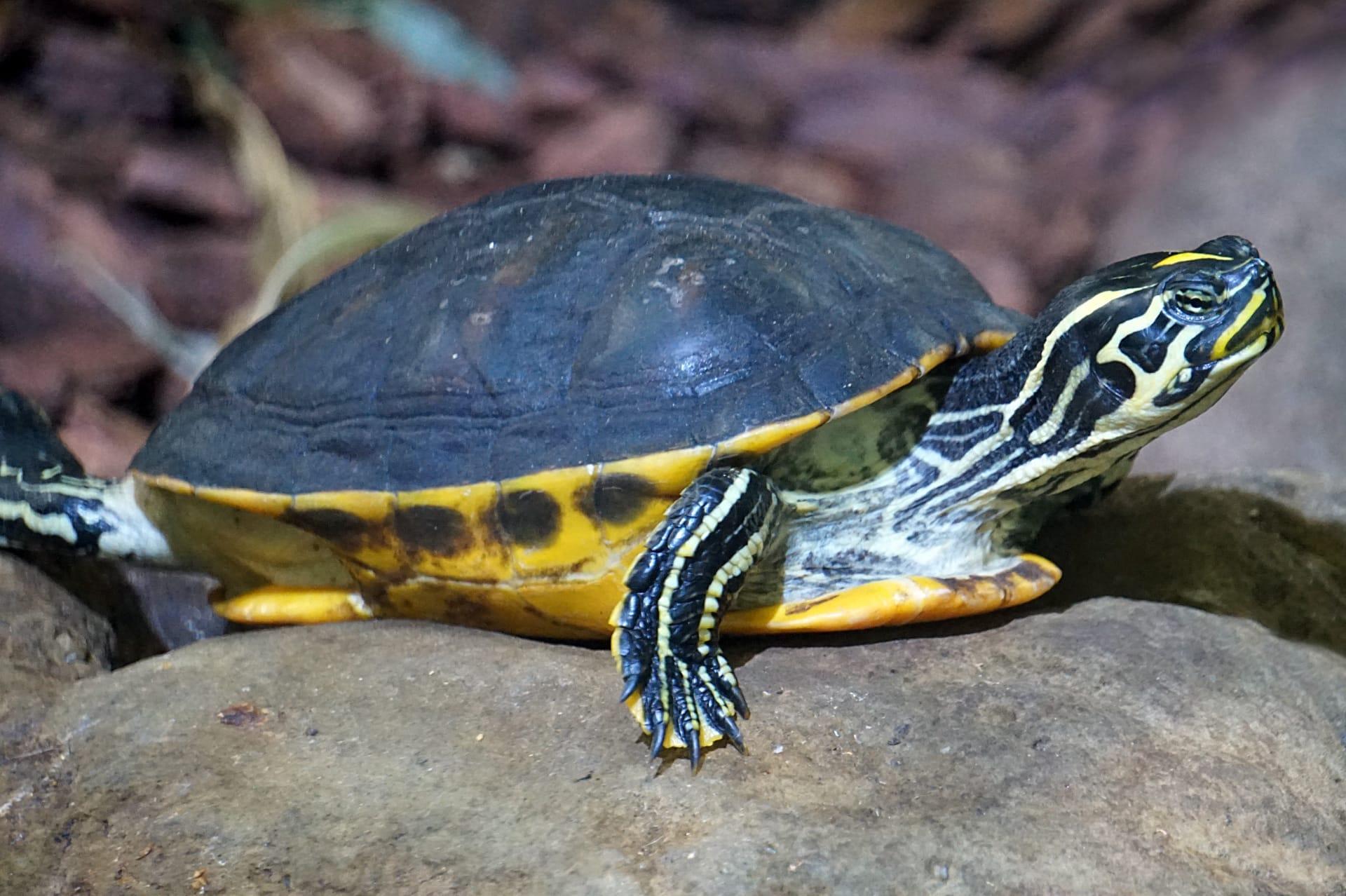Yellow Belly Turtle Characteristics
- Home /
- Mini Encyclopedia /
- Animal /
- Yellow Belly Turtle Characteristics
1
Yellow Belly Turtles, scientific name Trachemys scripta scripta, are a fascinating species within the reptile world. These turtles typically grow to about 8 to 10 inches in length, though some can reach up to 12 inches. Their lifespan is quite impressive, with an average of 20 to 30 years in the wild, and sometimes over 40 years in captivity. Their physicality is marked by a unique, yellow-plastron or belly, from which they get their name. The carapace, or upper shell, usually exhibits a dark green to brown color with distinctive, variable markings.
One of the most remarkable organs of the Yellow Belly Turtle is its lungs. These turtles have adapted to an aquatic lifestyle, but they still need to breathe air. Their lungs are highly efficient, allowing them to stay submerged for extended periods. During these times, they can absorb a small amount of oxygen from the water through their skin and throat lining, although this is not their primary method of oxygen intake. This adaptation is crucial for their survival, aiding in activities such as hunting, mating, and avoiding predators.

2
Question: Why do Yellow Belly Turtles bask in the sun?
Answer: Yellow Belly Turtles, like many reptiles, are ectothermic, meaning they rely on external sources to regulate their body temperature. Basking in the sun is essential for them. This activity helps regulate their internal temperature, aids in metabolism, and is vital for synthesizing Vitamin D3, which is necessary for calcium absorption. This process is crucial for their shell and bone health. Without sufficient sunbathing, these turtles can develop health issues like metabolic bone disease, which affects their shell and skeletal structure.

3
Yellow Belly Turtles showcase distinct movement characteristics, especially between land and water. In water, they are agile and graceful swimmers, using their webbed feet and streamlined shell to navigate effortlessly. They can reach swimming speeds up to 1.5 meters per second when necessary, though they usually prefer a leisurely pace. Their movement on land, however, is more cumbersome due to their heavy shell and limb structure designed primarily for swimming.
Regarding feeding habits, Yellow Belly Turtles are omnivorous. In the wild, their diet mainly consists of aquatic vegetation, insects, fish, and sometimes carrion. They use their sharp beak-like mouths to tear food, lacking teeth. Their hunting strategy involves both active pursuit and ambush tactics, using their coloration to blend into their surroundings. Younger turtles tend to eat more protein-rich diets, including insects and small fish, whereas adults lean more towards a plant-based diet.

4
The Yellow Belly Turtle thrives in a range of freshwater habitats. They are commonly found in slow-moving rivers, ponds, lakes, and swamps. These environments provide the necessary resources such as food, basking spots, and nesting areas. They prefer water bodies with soft, muddy bottoms and abundant vegetation, both for hiding from predators and for feeding.
Reproduction is a significant aspect of their lifecycle. Yellow Belly Turtles reach sexual maturity between 5 to 8 years of age. Nesting usually occurs in late spring or early summer. Females lay eggs in sandy or soft soil, often far from the water's edge to protect them from flooding. A typical clutch contains 6 to 10 eggs, which hatch after about 60 to 90 days, depending on temperature conditions. The sex of the hatchlings is determined by the incubation temperature, with warmer temperatures generally producing more females.

5
Book: "The Secret Lives of Turtles and Tortoises" by Peter Laufer. This insightful book, published in the United States in 2010, delves into the intriguing world of chelonians, including the Yellow Belly Turtle. Laufer, an acclaimed author, brings to life the mysteries and wonders of these creatures, combining scientific facts with engaging storytelling.
Book: "Turtles of the World" by Carl H. Ernst and Roger W. Barbour. First published in 1989, this book is a comprehensive guide to turtle species worldwide, including the Yellow Belly Turtle. The authors, both renowned herpetologists, provide detailed descriptions, habitat information, and conservation status, making it an essential resource for enthusiasts and researchers alike.